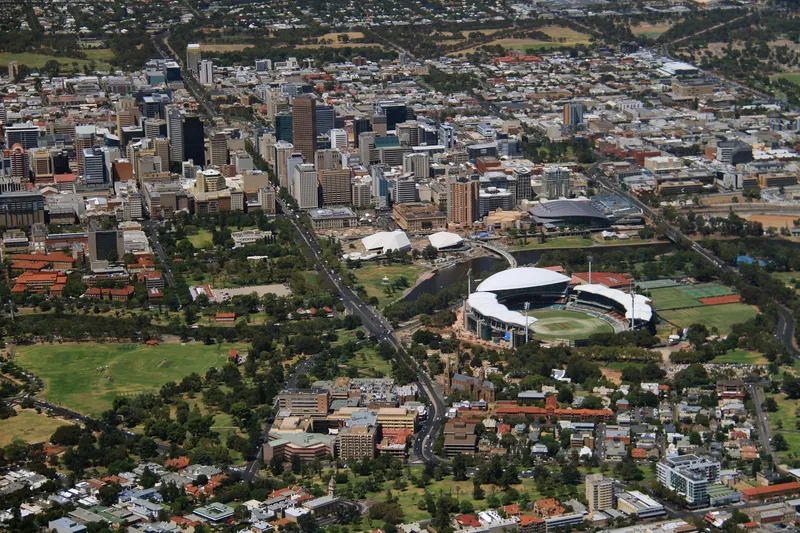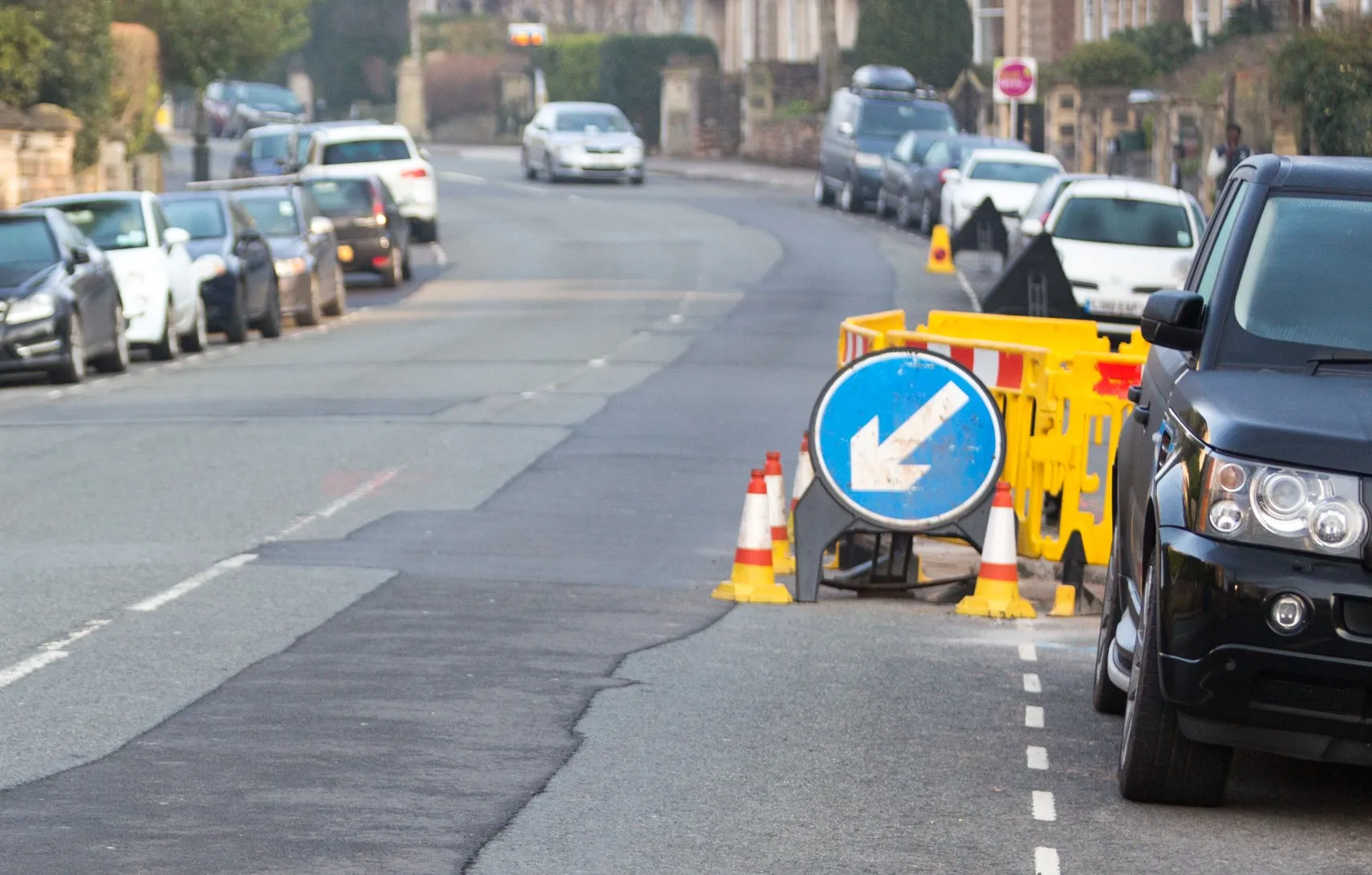The New South Wales (NSW) government in Australia will invest AD $5 billion (US $4.95 billion) to build and maintain critical road and maritime infrastructure across NSW as part of the 2012/13 State Budget.
“This year’s budget includes a significant investment aimed at tackling congestion in our busy city areas and improving our rural and regional network with major commitments to the Pacific, Princes, Hume and Great Western highways,” said NSW roads and ports minister Duncan Gay.
June 19, 2012
Read time: 2 mins
The New South Wales (NSW) government in Australia will invest AD $5 billion (US $4.95 billion) to build and maintain critical road and maritime infrastructure across NSW as part of the 2012/13 State Budget.
“This year’s budget includes a significant investment aimed at tackling congestion in our busy city areas and improving our rural and regional network with major commitments to the Pacific, Princes, Hume and Great Western highways,” said NSW roads and ports minister Duncan Gay.
Features of the roads and maritime budget include:
- $2.2 billion for new roads;
- $1.3 billion for maintenance of the State’s existing roads;
- $311 million for improvements to the traffic network;
- $270 million for road safety
“In keeping with our election promise we are planning ahead for a future Sydney motorway network, in anticipation of the State Infrastructure Strategy being released by Infrastructure NSW in September.
“Delivering on another key election commitment, the NSW Government is also continuing the previously announced $200 million package across four years to tackle congestion and safety on key routes.”
Key initiatives to improve NSW roads include:
- $530 million to continue building the Hunter Expressway between the F3 Freeway at Seahampton and the New England Highway at Branxton (State and Federal funded);
- $240 million to start work on the Pacific Highway upgrade between Tintenbar and Ewingsdale, north of Ballina (State and Federal funded);
- $180 million to continue work on the dual carriageway upgrade of the Pacific Highway between Coffs Harbour (Sapphire) and Woolgoolga (State and Federal funded);
- $90 million to start major work on the Gerringong upgrade of the Princes Highway between Mount Pleasant and Toolijooa Road;
- $70 million to continue planning the upgrade of the Pacific Highway between Woolgoolga and Ballina (State and Federal funded).








